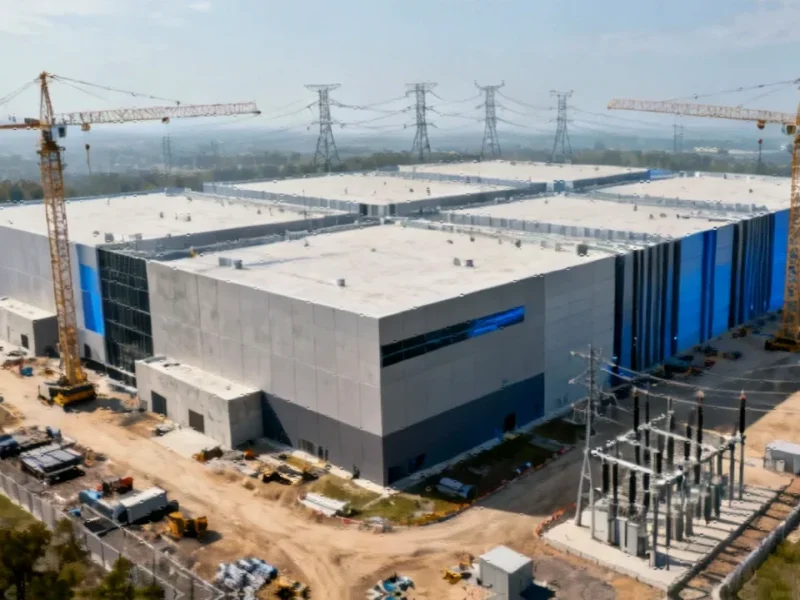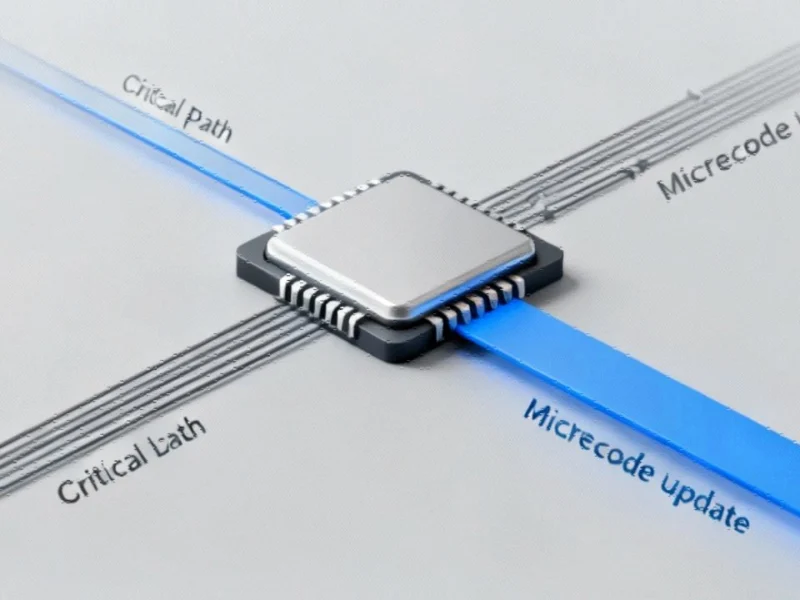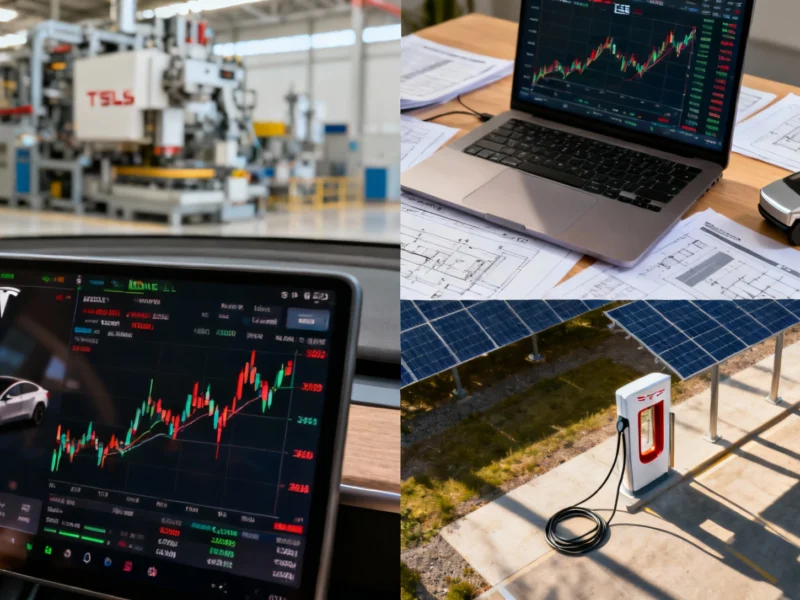Note: Featured image is for illustrative purposes only and does not represent any specific product, service, or entity mentioned in this article.
Strategic Off-Balance-Sheet Financing for AI Infrastructure
In a landmark move that redefines how tech giants fund massive infrastructure projects, Meta Platforms has secured approximately $30 billion in financing from private equity firm Blue Owl Capital for its Hyperion datacenter campus in Louisiana. The sophisticated financial arrangement, structured to keep substantial debt off Meta’s balance sheet, represents one of the largest single-project financings in the technology sector’s history.
The deal, reportedly brokered by Morgan Stanley, includes roughly $27 billion in debt financing alongside $1.5 billion in equity investment. Meta will retain a 20% ownership stake in the Hyperion project while transferring the majority of financial risk to Blue Owl Capital. This approach allows the social media giant to aggressively expand its artificial intelligence computing capacity without significantly impacting its corporate debt ratios or credit rating.
Hyperion’s Evolving Scale and Ambition
When Meta first announced the Richland Parish datacenter project in December, the estimated cost stood at approximately $10 billion. However, as AI infrastructure demands have accelerated, CEO Mark Zuckerberg’s vision for the facility has expanded dramatically. The Hyperion campus now targets over five gigawatts of total compute capacity, positioning it among the largest single datacenter projects of the current AI boom.
The four million square-foot facility represents a significant escalation in Meta’s computing infrastructure strategy. As industry developments continue to evolve, the scale of investment required for competitive AI capabilities has increased substantially. The Hyperion project exemplifies this trend toward massive, capital-intensive computing facilities.
Power Infrastructure Requirements
Supporting the Hyperion datacenter’s enormous computational demands requires unprecedented power infrastructure development. Meta has commissioned local utility operator Entergy to construct a new natural gas generator plant specifically for the facility. The initial buildout will feature three combined cycle combustion turbine generators with total generative capacity exceeding 2.2 gigawatts.
This power arrangement highlights the complex market trends in energy-intensive computing infrastructure. As AI models grow more sophisticated and demanding, the relationship between computational capacity and energy consumption becomes increasingly critical to operational viability and sustainability.
Strategic Context Within Meta’s Broader Infrastructure Push
The Hyperion project represents just one component of Meta’s aggressive datacenter expansion strategy. The company recently announced another gigawatt-scale datacenter complex in El Paso, Texas, and is advancing its Prometheus facility in Ohio, expected to become operational next year. This multi-front infrastructure investment reflects the intense competition among technology leaders to secure computational advantage in the AI era.
These substantial capital commitments occur alongside broader industry developments in financial markets, where institutions are increasingly comfortable financing large-scale technology infrastructure projects. The long-term nature of Blue Owl’s financing, with debt maturing in 2049, indicates confidence in the enduring value of premium computing infrastructure.
Financial Engineering and Risk Management
The structure of the Hyperion financing demonstrates sophisticated financial engineering. By keeping the debt off its balance sheet while retaining operational control through a long-term lease arrangement, Meta achieves several strategic objectives. The company maintains flexibility in its corporate financial management while securing the computational resources necessary for its AI roadmap.
This approach to project financing reflects evolving related innovations in how technology companies fund capital-intensive infrastructure. As computational requirements continue to grow exponentially, traditional funding mechanisms may prove insufficient, necessitating creative financial structures like the Hyperion arrangement.
Industry Implications and Future Outlook
Meta’s Hyperion financing strategy may establish a precedent for how technology giants approach massive infrastructure investments. The off-balance-sheet model allows for aggressive expansion without the traditional financial constraints, potentially accelerating the AI infrastructure buildout across the industry.
As global recent technology investments continue to shape economic landscapes, the scale of commitment to AI infrastructure becomes increasingly significant. The Hyperion project, alongside Meta’s other datacenter initiatives, represents a substantial bet on the continued growth of computational requirements for artificial intelligence and metaverse applications.
The successful execution of this financing arrangement demonstrates the evolving relationship between technology firms and financial institutions in funding next-generation infrastructure. As computational demands continue their exponential growth trajectory, such innovative financing structures may become increasingly common across the technology sector.
This article aggregates information from publicly available sources. All trademarks and copyrights belong to their respective owners.



